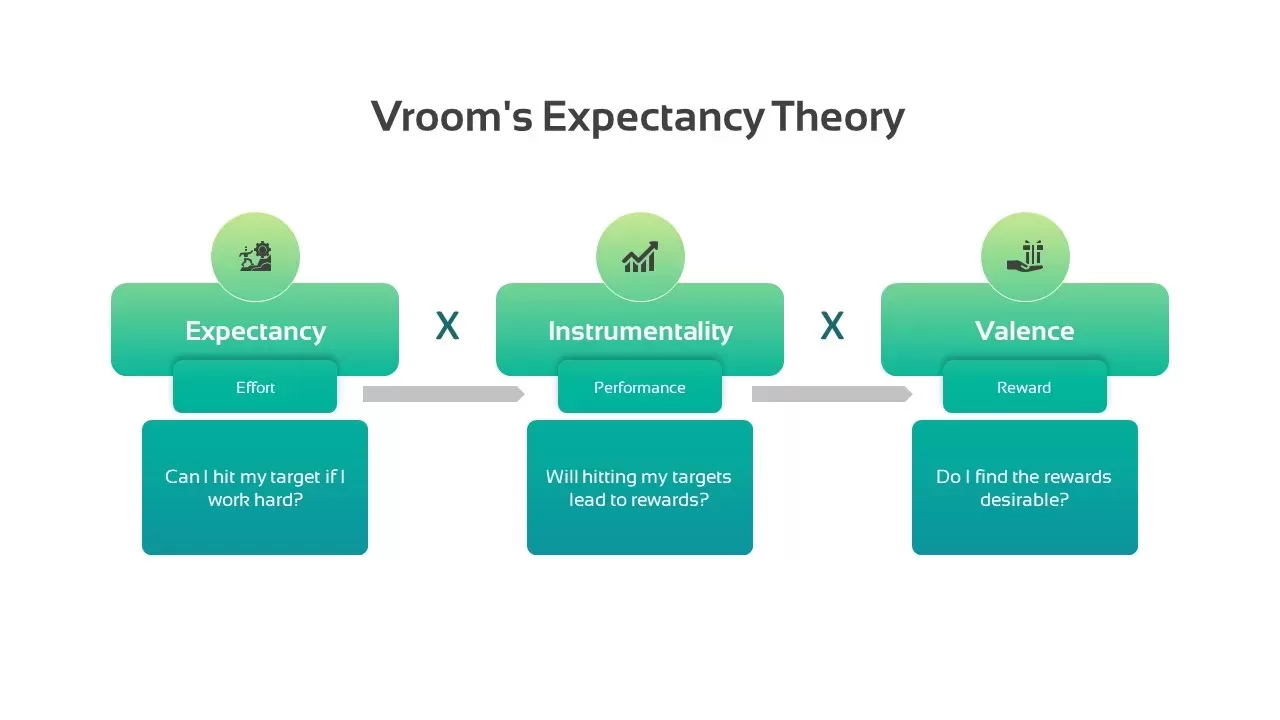2. Factors Influencing Employee Motivation
Introduction
Motivation depends on an intricate web of influencing factors spanning intrinsic needs, extrinsic incentives, and foundational psychological frameworks. This article examines core theories and dynamics for HRM leaders seeking to optimize motivation.The Intersection of Intrinsic and Extrinsic Factors
Employee motivation is driven by both intrinsic factors such as meaningful work, growth opportunities, and purpose as well as extrinsic factors like compensation, rewards, and benefits (Cerasoli et al., 2014). While intrinsic motivation is ideal, the two types intersect, as insufficient extrinsic hygiene factors can undermine motivation, and thoughtful incentives can complement intrinsic drive. As Kuvaas et al. (2021) discussed, optimizing motivation requires HRM to focus first on enriching jobs before layering on aligned extrinsic motivators . Striking the right intrinsic-extrinsic balance tailored to employees unleashes optimal motivation.
Maslow’s Hierarchy of Needs and HRM’s Role
Proposed by Abraham Maslow in 1943, Maslow’s Hierarchy depicts human needs in a pyramid progression from fundamental physiological needs up through higher-level esteem and self-actualization needs. Maslow posited that lower needs must be adequately met first before individuals seek fulfillment at the next level. HRM can enable employees to climb this hierarchy by ensuring fair pay and safe conditions, providing opportunities for achievement and growth, and designing roles that provide purpose and meaning (Maslow, 1943; Taormina & Gao, 2013).
For example, outdoor retailer Patagonia applies Maslow’s model by supporting basic employee needs through competitive benefits and safety protocols. They address esteem via recognition programs highlighting achievements. And they enable self-actualization by connecting work to environmental purpose. These efforts to address Maslow’s levels motivate and retain talent.
Expectancy Theory and HRM’s Alignment
Developed by Victor Vroom in 1964, Expectancy Theory focuses on perceived connections between effort, performance, and rewards or outcomes. It states that employees exert more effort when they expect their efforts to yield desired results and associated rewards (Vroom, 1964). HRM leaders should apply this by setting clear goals and feedback cycles so employees see how their work translates into performance outcomes that align to meaningful rewards, prompting motivated effort.
Social Identity Theory and Inclusion
Proposed in 1979, Social Identity Theory states that part of employees’ self-concepts derive from the groups and social categories they belong to in an organization (Tajfel & Turner, 1979). HRM should shape inclusive cultures where diverse employees feel respected, valued, and that they authentically belong to mitigate detrimental “us vs. them” dynamics that demotivate those feeling like outsiders.Conclusion
In summary, optimizing motivation requires addressing interconnected intrinsic needs and extrinsic incentives through a multifaceted HRM approach grounded in psychological frameworks ranging from Maslow to Vroom. Tailoring evidence-based initiatives cultivates high motivation.
References
Cerasoli, C.P., Nicklin, J.M. and Ford, M.T. (2014) ‘Intrinsic motivation and extrinsic incentives jointly predict performance: A 40-year meta-analysis’, Psychological Bulletin, 140(4), pp. 980-1008.
Kuvaas, B., Buch, R., Dysvik, A. and Haerem, T. (2021) ‘Economic and social leader-member exchange relationships and follower intrinsic motivation’, Leadership & Organization Development Journal, 42(2), pp. 231-244.
Maslow, A.H. (1943) ‘A theory of human motivation’, Psychological Review, 50(4), pp.370–396.
Taormina, R.J. and Gao, J.H. (2013) ‘Maslow and the motivation hierarchy: Measuring satisfaction of the needs’, The American Journal of Psychology, 126(2), pp. 155-177.
Tajfel, H. and Turner, J.C. (1979) ‘An integrative theory of intergroup conflict’, in Austin, W.G. and Worchel, S. (eds.) The Social Psychology of Intergroup Relations. Monterey, CA: Brooks-Cole, pp. 33–47.
Vroom, V.H. (1964) Work and motivation. New York, NY: Wiley.


The article you wrote delivers insightful information on the complex aspects that influence employee motivation by fusing psychological frameworks, external rewards, and intrinsic motivations. According to Maslow's Hierarchy of Needs, employees can advance by taking care of their basic physiological needs. The Expectancy Theory also emphasizes how important it is to connect effort with expected results. This all-encompassing view of motivation highlights the intricate interaction of factors that affect workers' commitment and engagement. Thank you for the share of this article.
ReplyDeleteThank you, Kasuni. Your comment excellently highlights the integration of psychological theories and external factors in understanding employee motivation. Your insights on Maslow's Hierarchy of Needs and the Expectancy Theory underscore the multifaceted nature of motivation. Your engagement with the article is greatly appreciated!
DeleteThis article provides a comprehensive exploration of the diverse factors that influence employee motivation, from intrinsic needs to extrinsic incentives. The incorporation of well-established theories like Maslow's Hierarchy, Expectancy Theory, and Social Identity Theory offers valuable insights for HRM leaders aiming to enhance motivation in the workplace. The practical examples, like Patagonia's application of Maslow's model, add a real-world perspective to the concepts discussed.
ReplyDeleteThank you, Prasadini. Your comment beautifully captures the comprehensive nature of the article's exploration into employee motivation. Your recognition of the theories and practical examples highlights the relevance and applicability of the content. Your engagement is greatly appreciated!
Delete